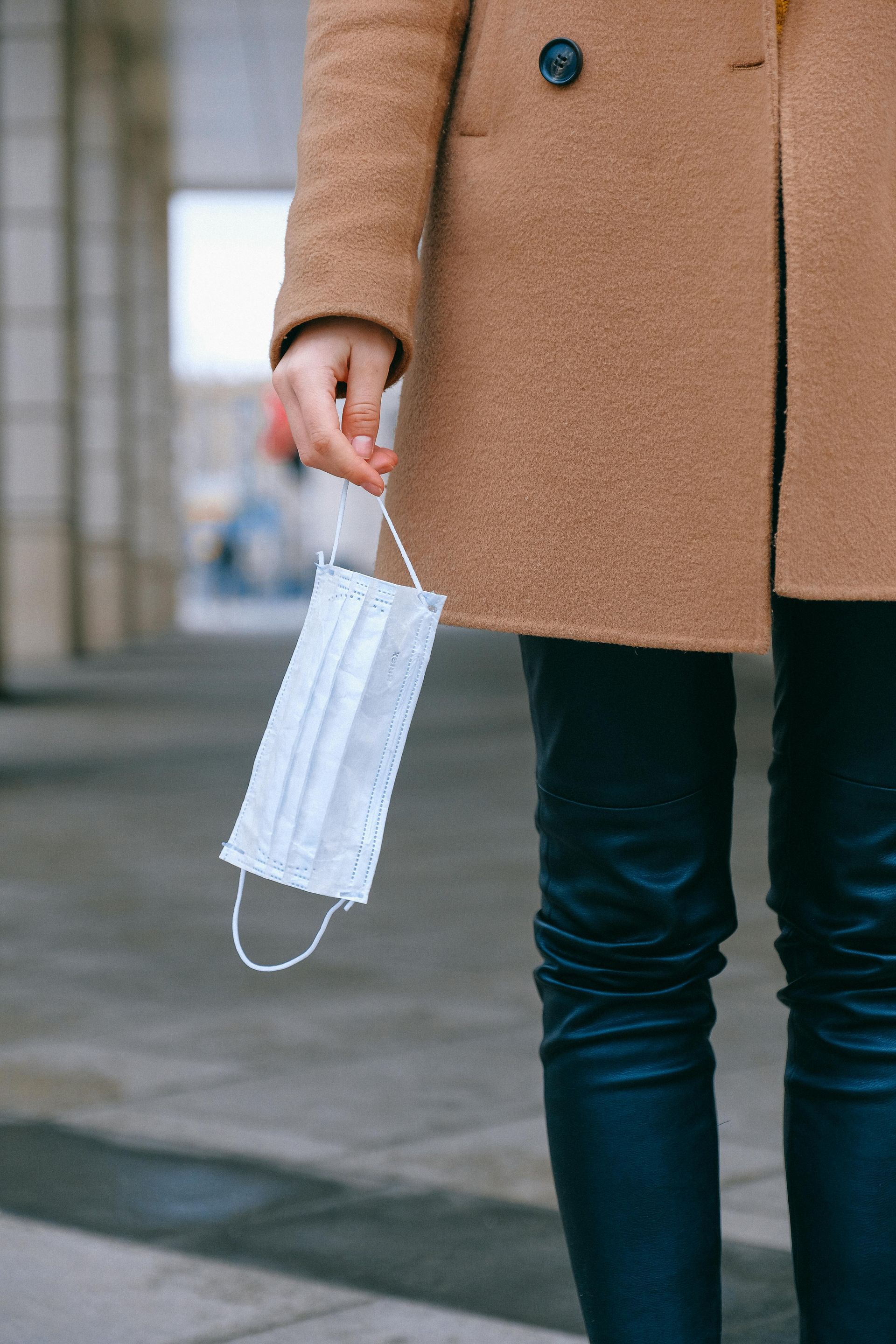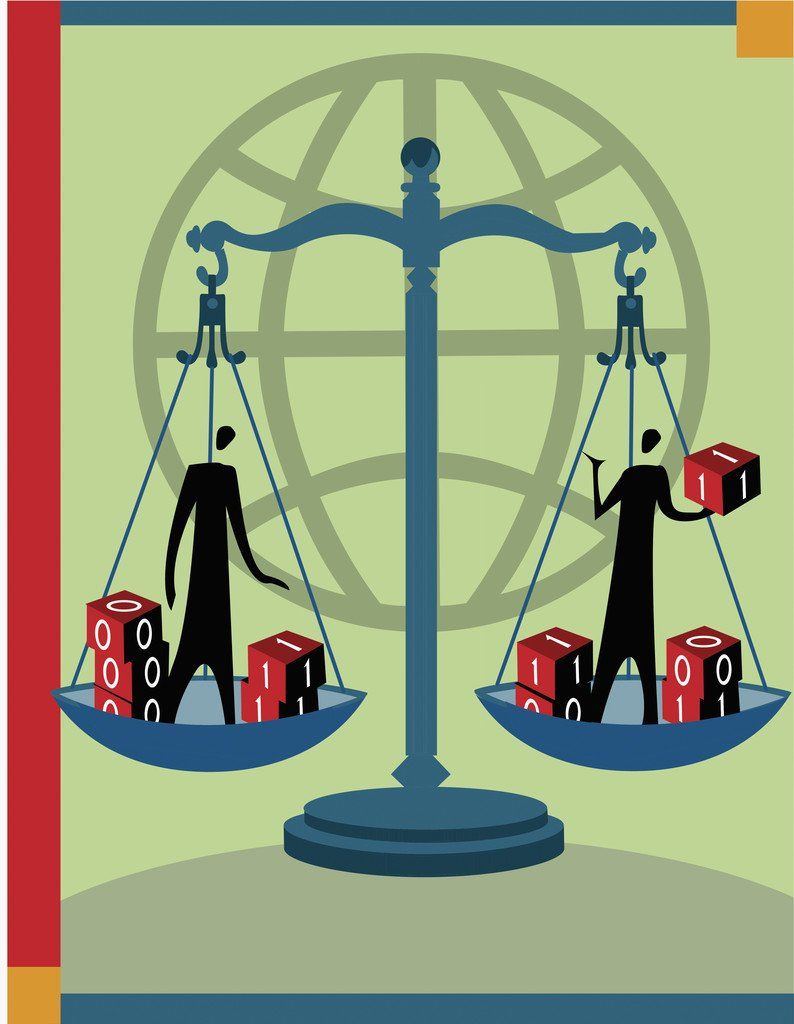Economic Uncertainty and the Rise of Second-Chance Entrepreneurs By: Justin Burkholder

As our world is increasingly acclimating to technology, it is critical to think about the role innovation and entrepreneurship play in society. Creating a business can be effective as it allows an individual to be their own boss, pursue an industry they are interested/skilled in, and the opportunity to build their team or structure. Financial capital, practical skills, a strong market, and motivation/drive are all critical factors for business owners looking to get started in their given industry. Currently, thirty-six states have “ban the box” in place which requires employers to not ask about criminal history on an initial job application. In total, seventy-five percent of the U.S. population lives in a jurisdiction that has banned the box. More states and cities are requiring the application of this policy for private employers and government. Those with criminal histories still experience discrimination in the application process to an extent in those states, along with persons of states and cities in our nation that do not enforce ban the box. Entrepreneurship can be viable as business owners may re-hire formerly incarcerated individuals or prioritize social responsibility to create change.
New black-owned businesses start with almost three times less in terms of overall capital ($35,205) compared with new white-owned businesses ($106,720). This disparity in capital investment declines but does not disappear even by the seventh year after startup, according to a 2017 study by Robert Fairlie. From February 2020 to April 2020, it is estimated more than three million business owners were out of work (twenty-two percent.) African Americans during that period saw a forty-one percent decrease in business ownership, with Latinx business owners accounting for thirty-two percent. Providing opportunities for minority business ownership to be restored again should consist of more financial capital investments in their firms, educating the next generation of the opportunities with entrepreneurship, and allowing minorities to have equal access to clean jobs as they increase in the coming years.
Investments in renewable energy returned an investor a 200 percent yield compared to a 97.2 percent yield for fossil fuel investments, a Forbes 2020 study says. Green jobs are a booming industry begging for more creative minds. South Korea created an initiative in July of 2020 committing USD sixty-one billion towards jobs in sectors combating climate change. The European Green Deal in 2019 also showed a committed effort to eradicate climate change. National Geographic recently released a list of the fasted growing green jobs. Some jobs include urban growers, water quality technicians, clean car engineers, recyclers, green builders, wind energy workers. STEM programs are likened to become increasingly emphasized in education as analytics skills in mathematics and programming are sought after in green jobs today. There are numerous technical skill job programs offered for persons not qualified for construction or technology jobs.
Business owners who can get ahead of the field in an industry are at an extreme competitive advantage. This requires analytical forecasting and some luck, of course. Waste management is an industry which has increased greatly in demand during covid-19, specifically dealing with medical supplies trash. Organic agriculture and ecosystem restoration are green industries that have further growth capability. Ecosystem restoration provides employment for 200,000 workers. With a transition to renewable energy soon, fossil fuel workers will then have to find new work and be trained properly in that field.
In 2017, the sector with the most women-owned businesses 16.9 percent (192,159) were in the health care and social assistance industry, followed by professional, scientific and technical services 16.4 percent (185,649), and 11.7 percent (132,894) in the retail trade industry. The top sectors for Hispanic-owned firms were construction with 15.6 percent (50,187) of all firms, followed by accommodation and food services 13.0 percent (41,817), and professional, scientific and technical services 10.6 percent (34,292). There were 555,638 Asian-owned businesses, with 23.9 percent (132,698) in the accommodation and food services sector. Black or African Americans owned 124,004 firms in 2017 with 32.0 percent (39,714) of these firms in the healthcare and social services industry.
Black entrepreneurs listed the top motivations in 2020 for opening a business, which the graphic above depicts. Most black businesses are small businesses containing two to five employees as opposed to a solopreneur. There are struggles that entrepreneurs are facing currently. The top three include lack of cash flow/capital, marketing/advertising, and time management. The rise of technology has allowed for advances in these categories to a degree as well. Entrepreneurship is a legitimate path towards social capital and purposeful work because of the opportunity to lead a business, build relationships with the community, and potentially help the environment in the process. Re-hiring people with backgrounds is also an advantage of entrepreneurship. If you are interested in starting a business or in need of vocational skill training, contact us here and we will be of assistance!




